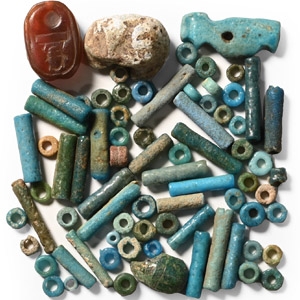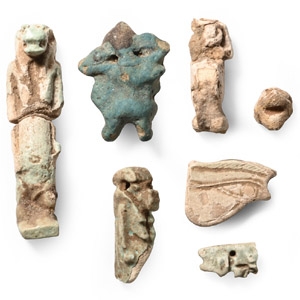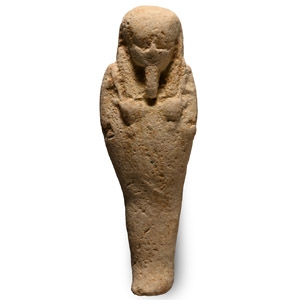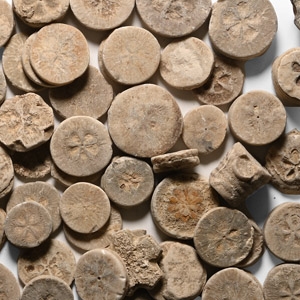Home > Auctions > 3 - 8 September 2024
Ancient Art, Antiquities, Natural History & Coins
Auction Highlights:
From the private collection of a London gentleman formed since 2003.
Acquired 1983-1990.
Private collection, Hove, UK.
See Liang, X., et al., Dinosaur eggs and dinosaur egg-bearing deposits (Upper Cretaceous) of Henan Province, China: Occurrences, palaeoenvironments, taphonomy and preservation, 2009, Progress in Natural Science; see Xing L, et al., Hadrosauroid eggs and embryos from the Upper Cretaceous (Maastrichtian) of Jiangxi Province, China, 2022, BMC Ecology and Evolution.
Hadrosaurs were large dinosaurs, growing up to 10 metres in length, belonging to the ‘Duck-Billed’ group of dinosaurs. They are considered the ‘herd animal’ of the Cretaceous, having been found buried together in their thousands. Dinosaur egg fossils are known from approximately two-hundred sites around the word, particularly in Asia. This nest comes from the Xixia Formation, Henan region of China, which produces some of the best preserved eggs in the world. These eggs can yield entire embryos within them, making them an essential tool for understanding the biology of these creatures.
From the Siberian Tundra.
From the private collection of Mr J S, Northamptonshire, UK.
Property of a Cambridgeshire gentleman.
See Lister & Bahn, Mammoths, for general information.
Mammoths were animals of the Ice Age; they co-existed with and were hunted by early man; Siberia is famed for discoveries of frozen mammoth carcasses (see 'Dima' and 'Lyuba' for examples) and for the hut circles where mammoth bones and tusks were used as building materials; tusks have been traded for at least 2,000 years and in modern times, Siberian natives still hunt for them and use the fossil ivory as raw material.
From a Cambridgeshire, UK, collection.
The Carcharodontosaurus saharicus was one of the largest predators (larger than its distant North American T-Rex cousin) of all time and is also related to Allosaurus and the South American Giganotosaurus.
From the Mecsek Coal Formation, Middle Hettangian to Early Sinemurian, Lower Lias, Lower Jurassic, Komlo, Mecsek Mountains, Baranya, Hungary.
From the private collection of Mr J S, Northamptonshire, UK.
Property of a Cambridgeshire gentleman.
Ex collection of Emil Saad, Paris-Alexandria.
Cf. Ben-Tor, D., The Scarab: A Reflection of Ancient Egypt, Jerusalem, 1993, p.74, no.4, for a scarab with an identical inscription.
Ex Belinda Elliston collection.
From an early 20th century Home Counties, UK, collection.
UK private collection before 2000.
Acquired on the UK art market.
Property of a London gentleman.
Cf. Droste zu Hülshoff, V.v., Hofmann, E., Schlick-Nolte, B., Seidlmayer, S., Statuetten, Gefässe und Geräte. Liebieghaus – Museum Alter Plastik: Ägyptische Bildwerke, Band II, Melsungen, 1991, pp.311-12 cat. no.193, for a Bes with similar modius; Tinius, I., Altägypten in Braunschweig. Die Sammlungen des Herzog Anton Ulrich-Museums und des Städtischen Museums, Wiesbaden, 2011, pp.133-34, no.226, for similar.
From the New Kingdom onwards, Bes became one of ancient Egypt's most popular apotropaic deities. Despite his rather fearful appearance, Bes was the patron and protector of pregnant women and children and was also believed to protect them from harmful creatures like snakes.
Ex H. Norry collection, 1980s-1990s.
Cf. Stewart, H.M., Egyptian Shabtis, Princes Risborough, 1995, item 32.
One of the primary purposes of shabti figures was to carry out heavy manual tasks on behalf of a person in the afterlife, and they were often depicted with necessary implements in their hands, such as baskets, picks, and hoes. Over time, the number of shabtis in a standard elite burial increased, from one in the Eighteenth Dynasty to several in the Nineteenth Dynasty, to one for every day of the year by the Third Intermediate Period. The high number of shabtis remained a feature in the Late and Ptolemaic Periods.
From a central London ADA gallery, 1990s.
Flowers were symbolic of rebirth due to the daily reopening of their petals after nightfall. As a result, they were widely used in domestic settings, religious and funerary contexts, and as adornments. Similar rosette discs, like those recovered from the Ramesside Period palace at Qantir, were used as decorative elements in royal palaces.
Ex Irene Newman, Birdham, Chichester, West Sussex, England.
with Stride & Son Auctioneers, Chichester, West Sussex, England, 23 April 2015, no.1599 [Part].
Acquired by the present owner at the above sale.
Cf. Schulz, R., Seidel, M., Egyptian Art. The Walters Art Museum, Oakville, 2007, pl.18, cat. no.124, for a similar example.
The scarab, representing the dung beetle, was a popular amulet in ancient Egypt for about two thousand years until the Ptolemaic Period. It extended beyond Egypt and was exported to and manufactured in regions like Phoenicia and Israel. The beetle is named khepri and was considered the embodiment of the creator god Khepri. The Egyptians believed that the beetle emerging from the dung ball was an act of self-creation.
277 - 288 of 3369 LOTS

.jpg)

.jpg)
.jpg)
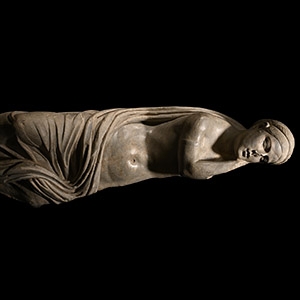
.jpg)
.jpg)


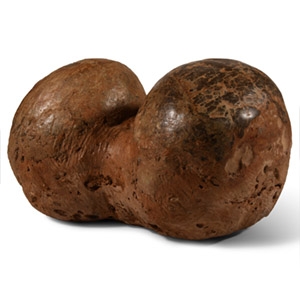
.jpg)
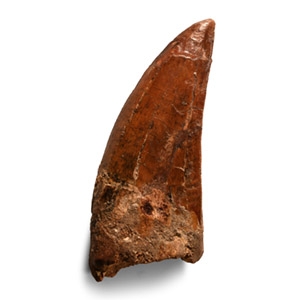
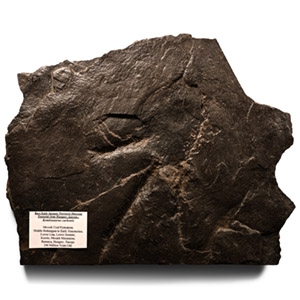
.jpg)
